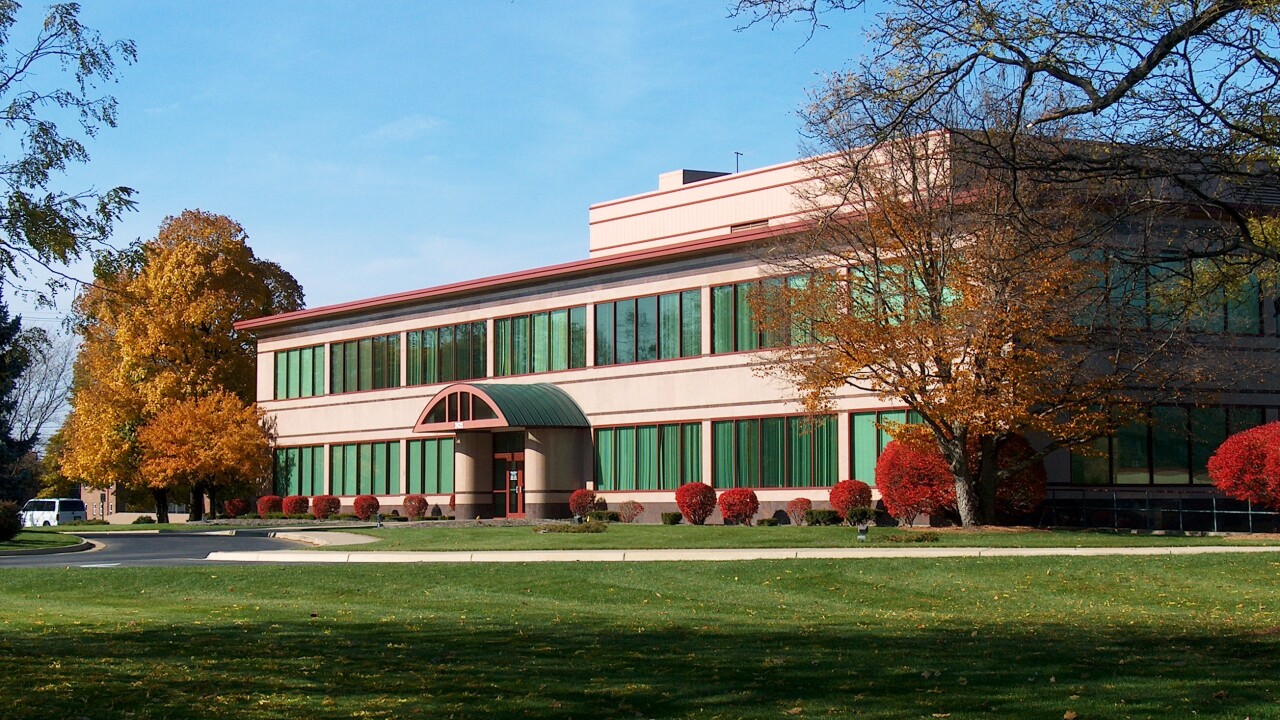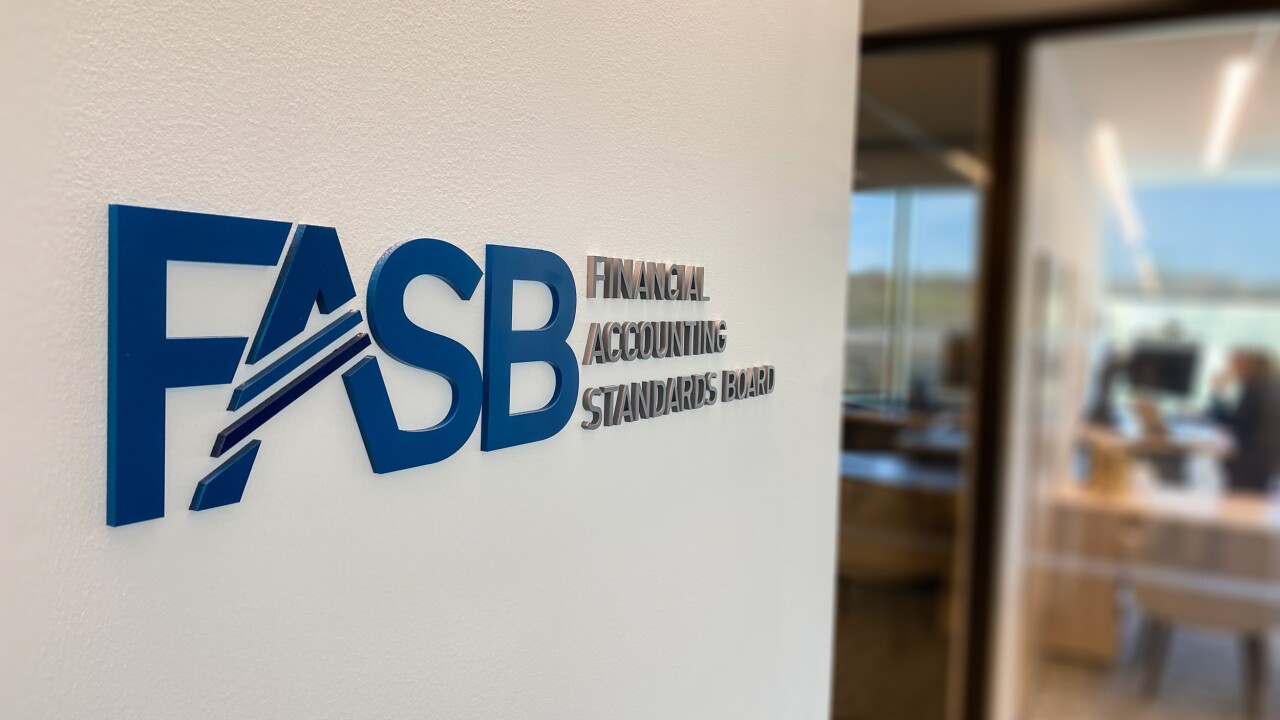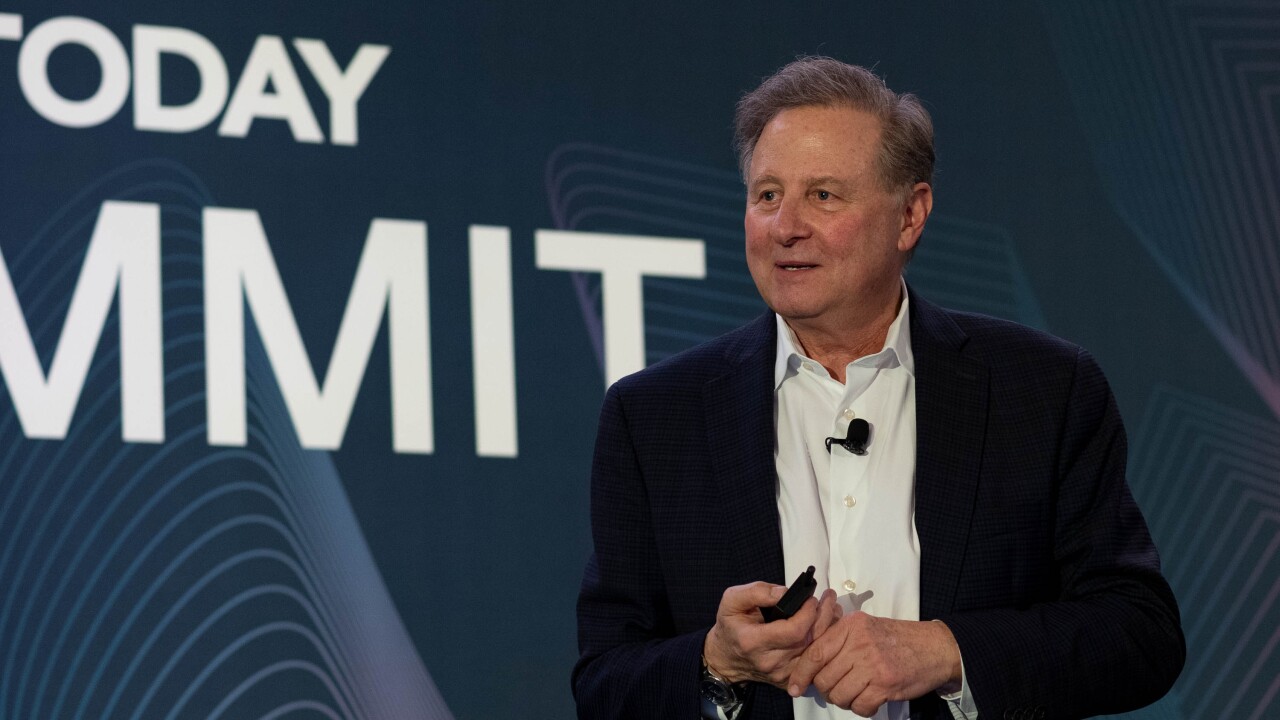Millions of taxpayers are unable to get through to live help through the Internal Revenue Service's toll-free phone lines, even when the IRS claims its average wait times are only about three minutes, according to a new report.
The
TIGTA noted that the IRS tracks and widely reports two customer service performance measures related to its telephone lines: level of service and average wait times. According to the IRS, the LOS measures the ability for a taxpayer to reach a telephone assistor when requested. For the 2024 Filing Season, the IRS reported an LOS of 88% and wait times averaging three minutes. However, the reported LOS and average wait times only included calls made to 33 accounts management telephone lines during the filing season. These AM lines handled approximately two-thirds of all calls answered by IRS assistors.
The IRS separately tracks an enterprise LOS, which is a broader measure of the taxpayer experience because it includes 27 telephone lines from other IRS business units in addition to the 33 AM telephone lines. These 27 phone lines handled approximately one-third of all calls answered by IRS telephone assistors.
In addition, the IRS doesn't widely report an enterprise-wide wait time, as the reported average wait time computation includes only the 33 AM telephone lines. According to IRS data, the average wait times for the other phone lines were far longer than three minutes, averaging 17 to 19 minutes during the 2024 filing season.
The Taxpayer Bill of Rights gives taxpayers the right to be informed, which includes the right to know what they need to do to comply with tax laws, TIGTA noted. "Taxpayers also have the right to quality service, which includes the right to receive prompt assistance, and to receive clear and easily understandable communications from the IRS," said the report. "If a taxpayer sets their expectations for interacting with the IRS based on the reported average wait times and level of service (LOS), when their experience is different, they may grow frustrated and hang up leaving their issue unresolved. Because of high demand for service during the filing season, the IRS temporarily reassigns employees from other job responsibilities to answer calls. This helps improve the average reported wait time and LOS during the filing season. However, similar telephone service measures for the entire fiscal year are not widely reported and varied considerably."
For example, the AM LOS ranged from a low of 48% in June 2024 to a high of 92% in January 2024. Similarly, the Enterprise LOS ranged from a low of 45% in June 2024 to a high of 77% in February 2024.
The IRS is currently developing a new measure that will track the percentage of calls in which the telephone assistor resolves a taxpayer's issue during the first contact.
TIGTA recommended the IRS should widely report to the public: (1) both the Enterprise LOS and AM LOS throughout the entire fiscal year, and (2) the average wait times throughout the entire fiscal year for all telephone lines that provide live assistance to taxpayers. The IRS disagreed with both recommendations, stating that the LOS metric does not provide information to determine taxpayer experience when calling, and including wait times for telephone lines outside the main helpline would be confusing to the public. TIGTA, for its part, maintained that whether a taxpayer can reach an assistor is part of the taxpayer experience and providing average wait times across all telephone lines for the entire fiscal year demonstrates transparency.
"We operate one of the world's busiest call centers," Kenneth Corbin, chief of the IRS's Taxpayer Services Division, wrote in response to the report. "In fiscal year 2024, we handled nearly 50 million calls. We manage these demands within a fixed budget while adapting to a range of factors such as time of year, call volume, staffing, tax law changes, weather events and system outages. We continually allocate available resources between answering calls and processing other critical work, such as paper returns. Despite these challenges, the IRS consistently meets or exceeds the Treasury Secretary's service goals."





